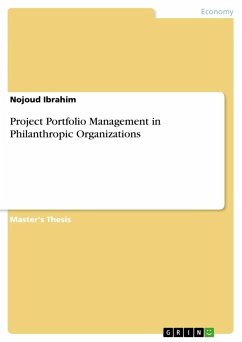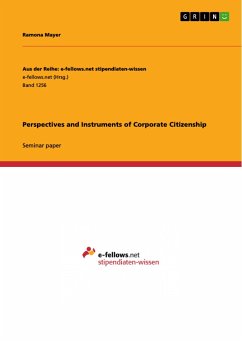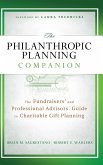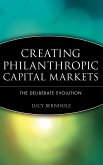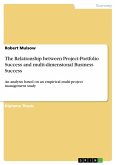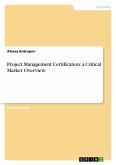Master's Thesis from the year 2011 in the subject Business economics - Business Management, Corporate Governance, grade: B, British University in Dubai (-), course: Master in Project Management, language: English, abstract: It may be said that we are now in a golden age of philanthropy; due to the unprecedented amount of money received by the non-profit sector. However, most philanthropic organizations are lacking in strong strategic plans and established procedures that cansupport sound project or portfolio selection decisions. Moreover, the combination of weak strategic plans and increased scale of giving is likely to cause unwise selection of projects and portfolios. These projects would not be able to achieve the maximum social impact desired by their organizations. The purpose of this research is to identify the most appropriate portfolio management approach for philanthropic settings. The study is exploratory in nature; since direct literature on the topic was almost non-existent. The research process uses mixed qualitative and quantitative methods to attain comprehensive results. It includes a review of the current literature, followed by the data collectionmethods used: exploratory study and survey method. The major findings indicate that the current portfolio management approaches do not match the nature of the philanthropic sector; there is need for development of a revised approach capable of selecting portfoliosof maximum social impact. Moreover, recommendations for effective portfolio management in philanthropic organizations are provided, future challenges identified and suggestions made for future research.
Hinweis: Dieser Artikel kann nur an eine deutsche Lieferadresse ausgeliefert werden.
Hinweis: Dieser Artikel kann nur an eine deutsche Lieferadresse ausgeliefert werden.

